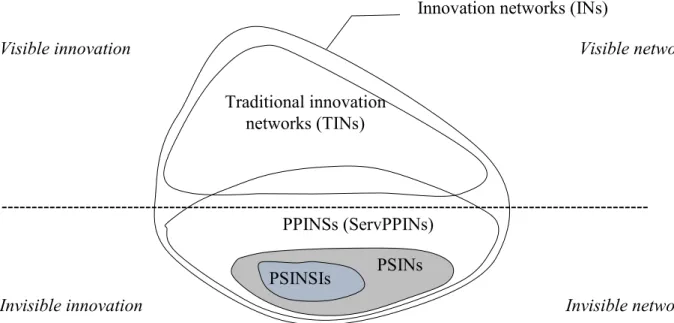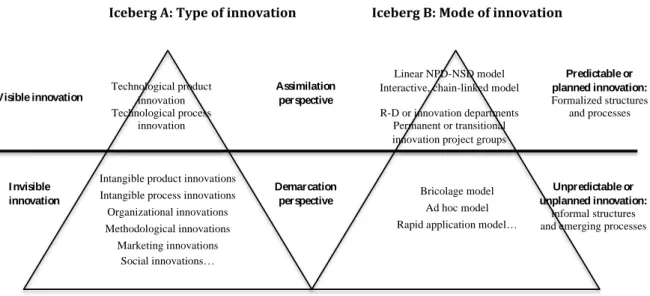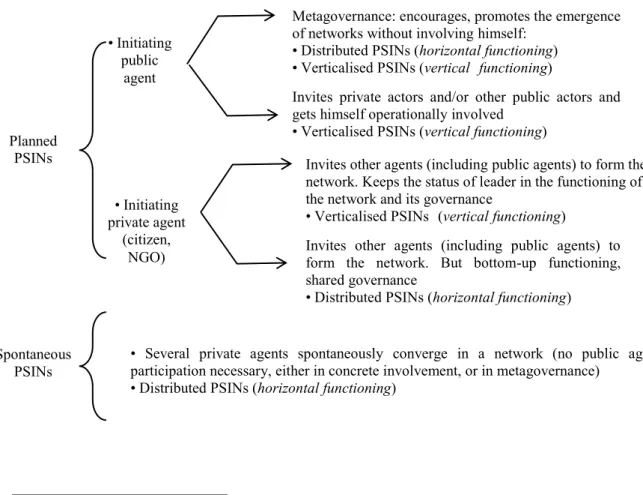Public Service Innovation Networks (PSINs): Collaborating for Innovation and Value Creation
Texte intégral
Figure


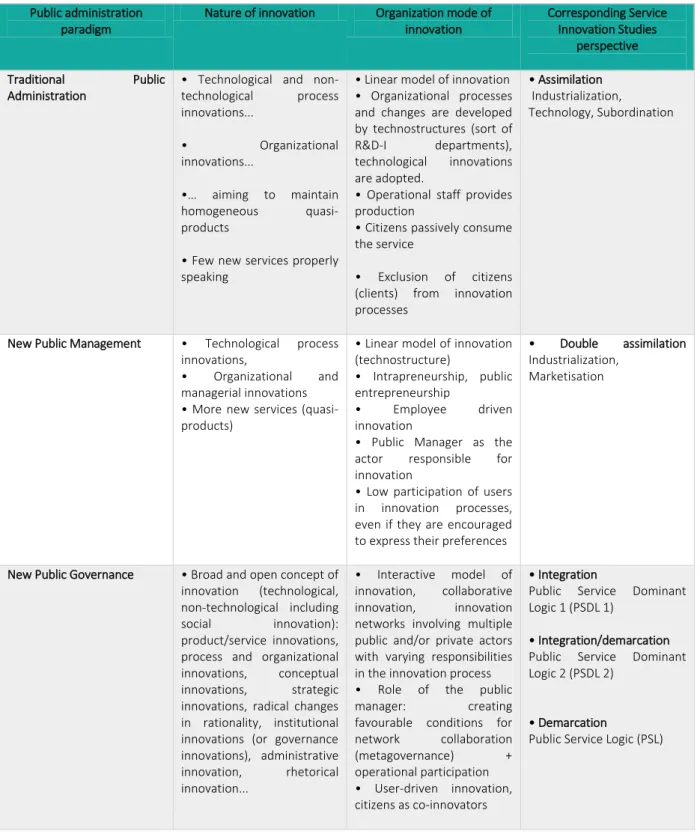
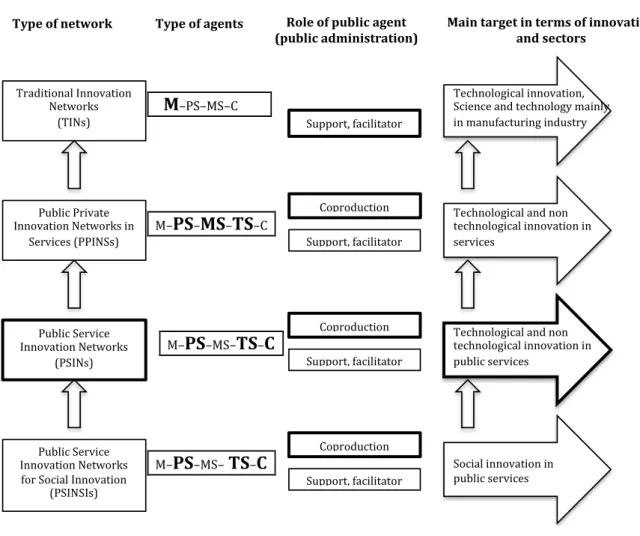
Documents relatifs
This body of literature, known as the new economic geography and growth (NEGG), has established that knowledge externalities and their geographical range impact the location
This case study can be interpreted as a social innovation, as the association of producers brought social and eco- nomic benefits for a community; there has been
The narrowing of the innovation gap in public services can be analysed by comparing, on the one hand, the different paradigms of public administration (traditional
But PPINS differ from INs most of all in the nature of the innovation that is taken into account (which is the subject of the network implementation). This innovation is
To remedy this situation, we investigate coordination mechanisms within innovation networks and their development throughout the process, thus answering our
By analyzing the coordination mechanisms that are involved (Dhanaraj and Parkhe, 2006) and by explaining when different dimensions are used with respect to the type of
These effectuation processes Sarasvathy, 2001, where firms are creatively reconfiguring their value chains and actively disrupting existing business models for innovation and
This study of nine networks shows the influence of the type of resort on three out of four network characteristics: the nature of relationships (vertical and
